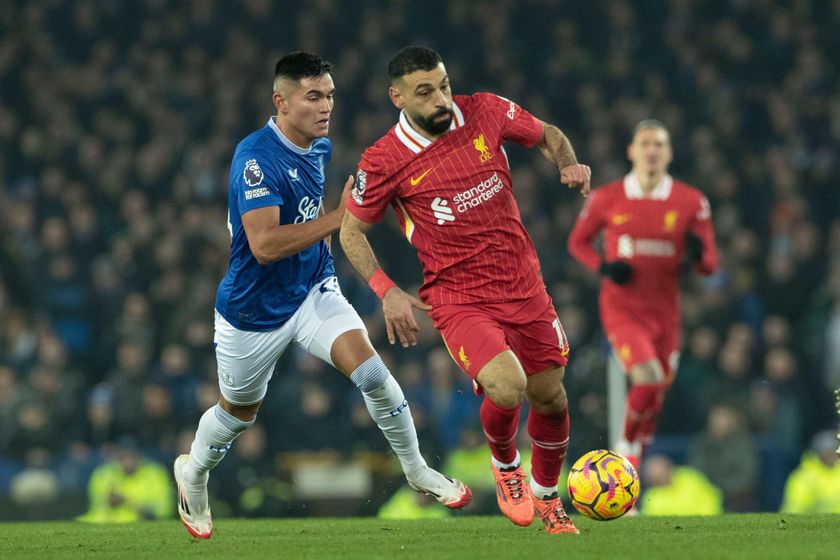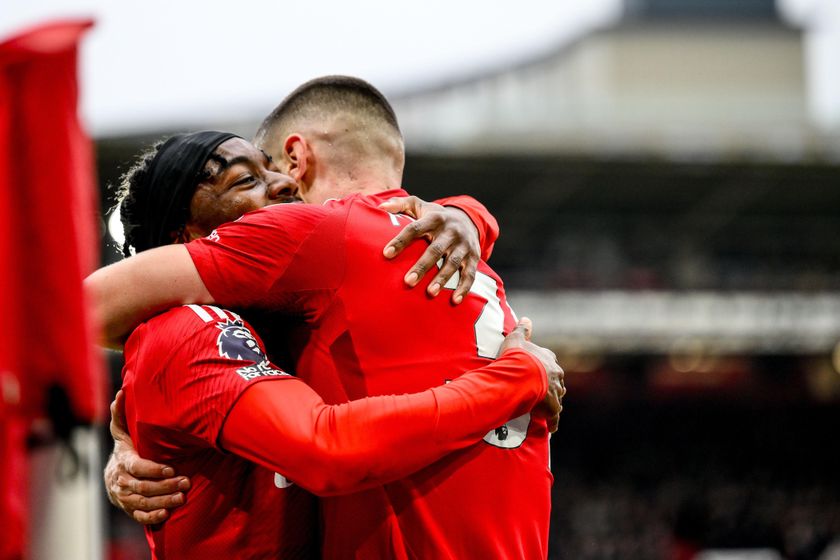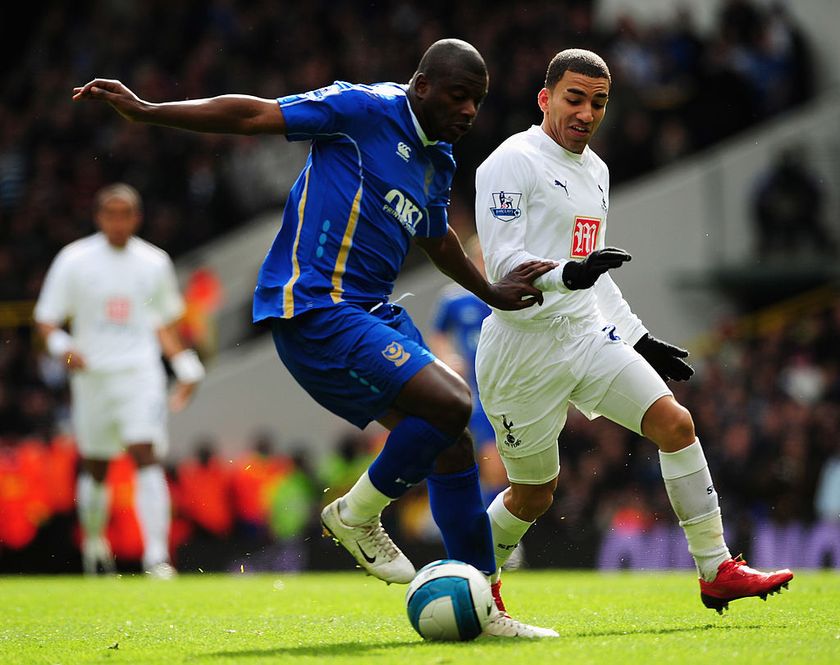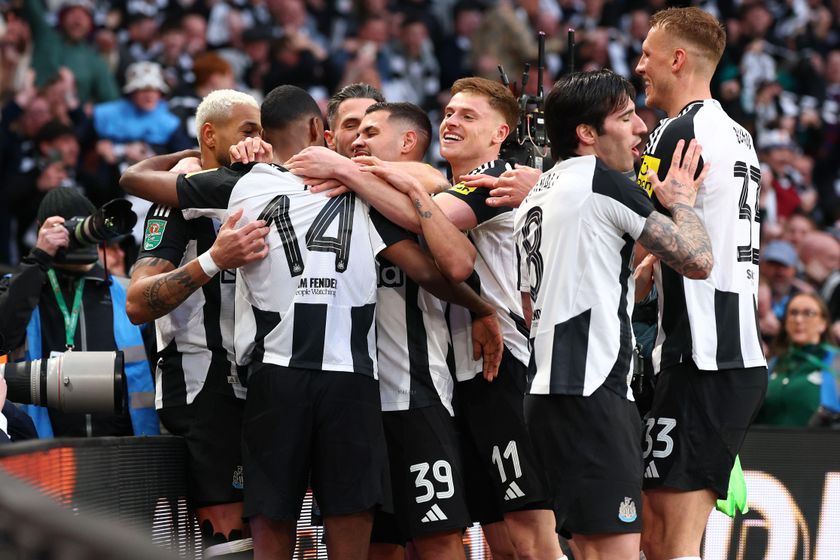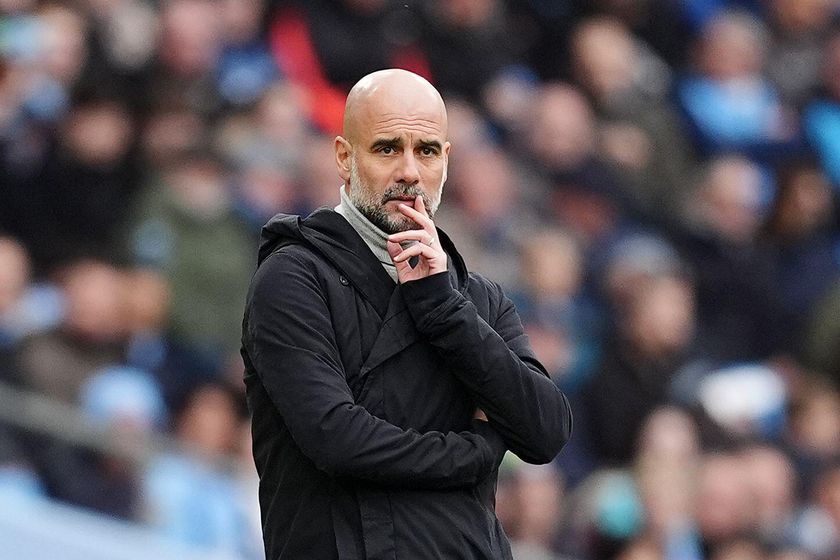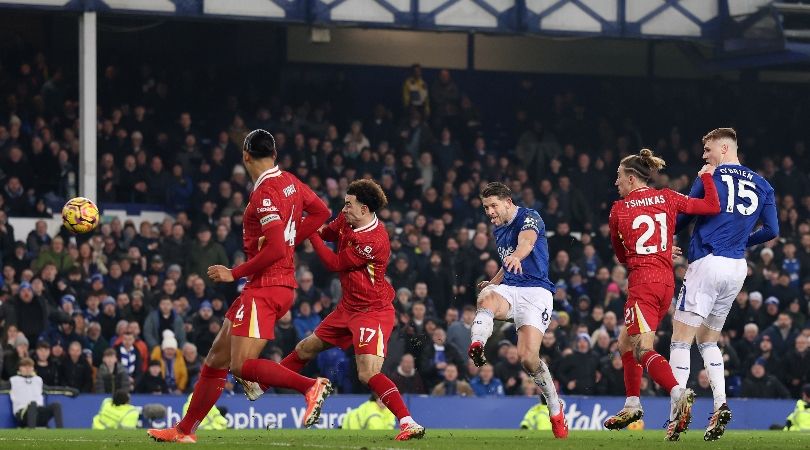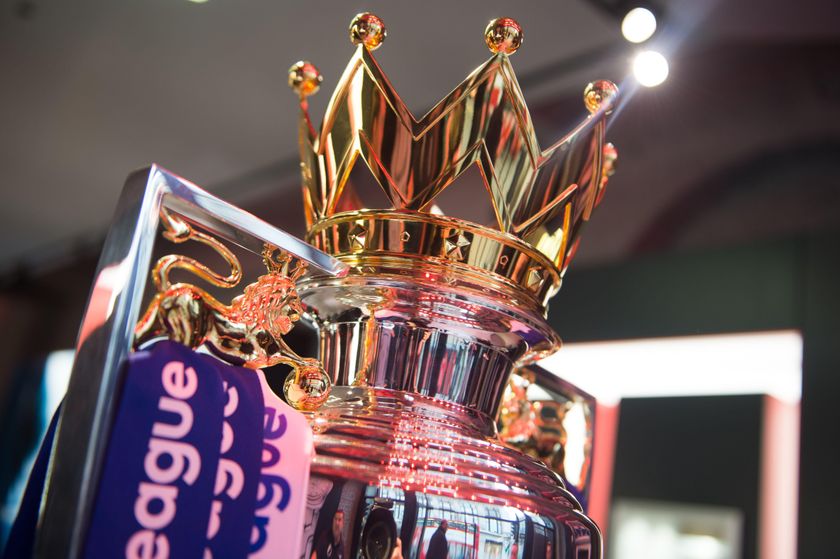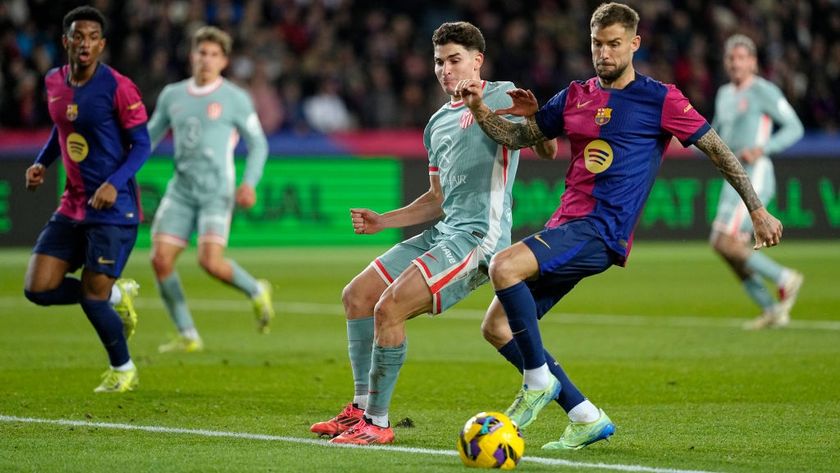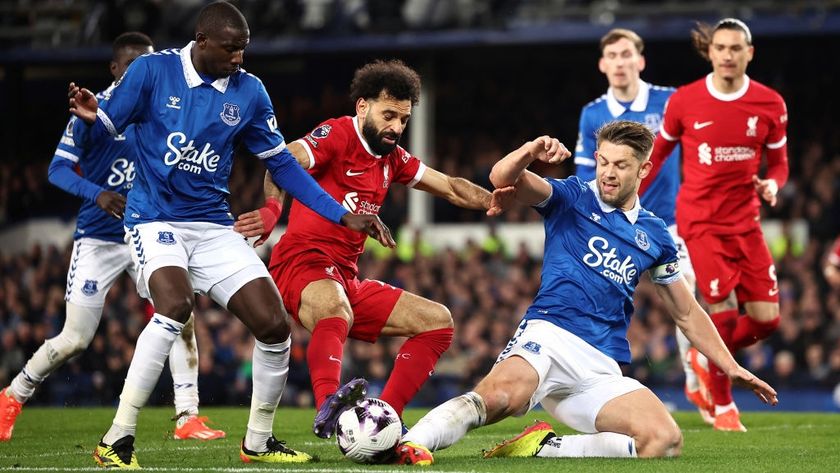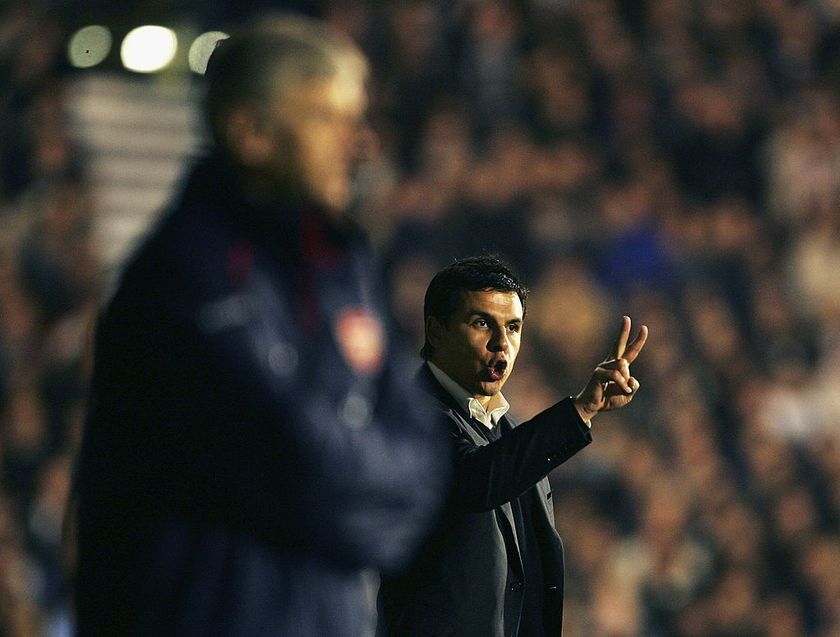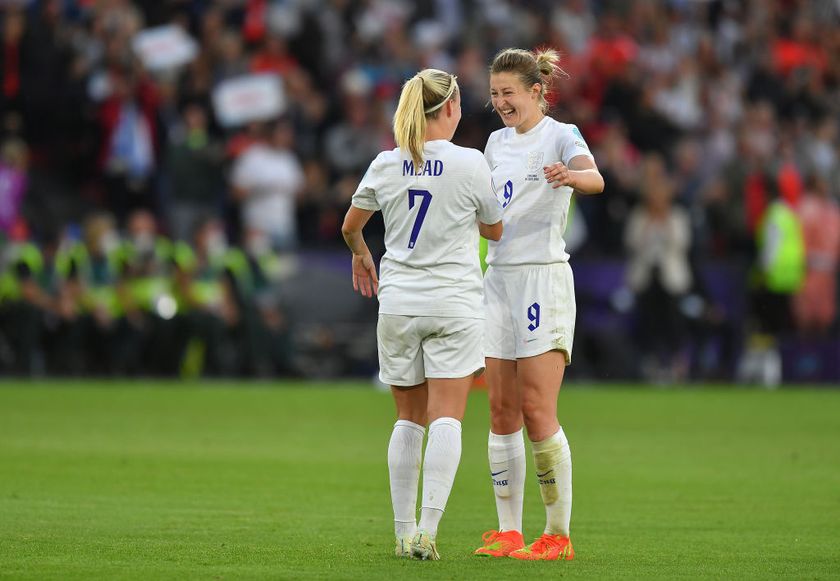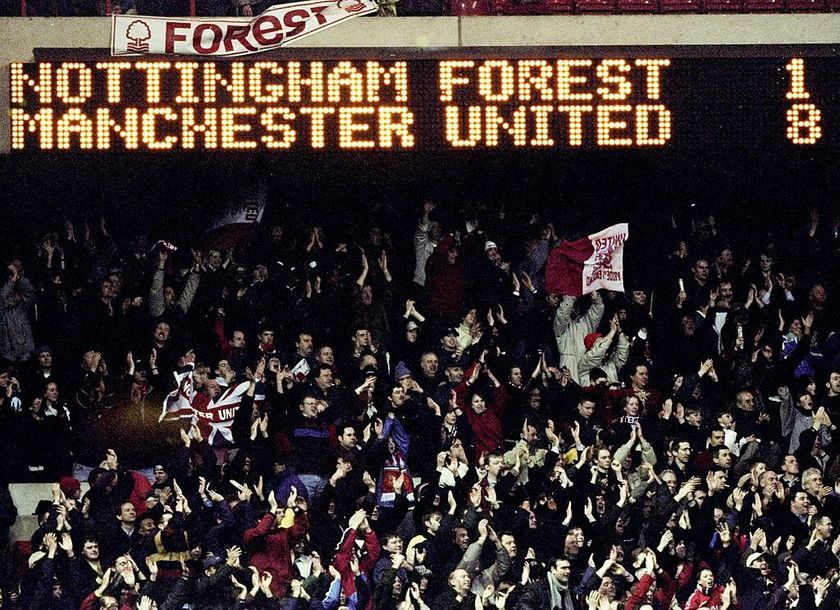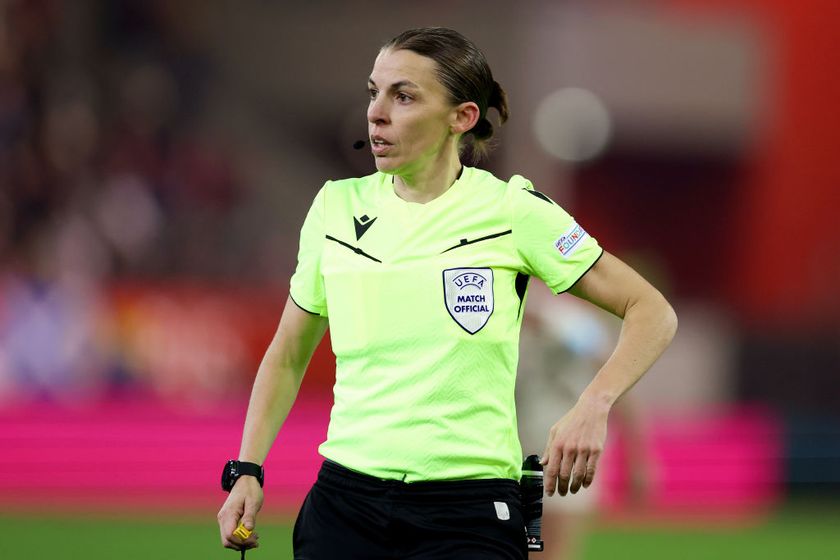How Barcelona lost their identity under Luis Enrique
After their humbling by PSG, Thore Haugstad explains why the Catalans have become a different team under their current boss
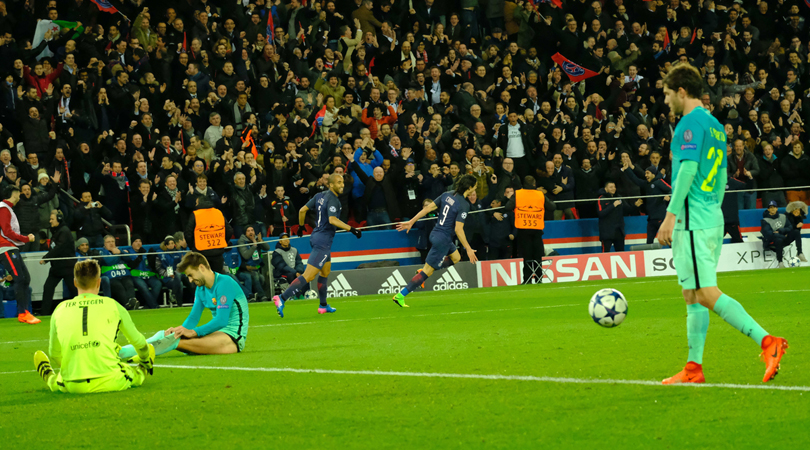
On Wednesday morning, as the Spanish press hammered Barcelona after the 4-0 debacle in Paris, Catalan newspaper Sport declared that ‘This is not Barça’.
The headline could be interpreted in several ways. The heavy nature of the defeat was certainly uncharacteristic for such a merited side, but even more so was the nature of it: the way Barça had lost control of midfield, stuttered on the ball, cracked under pressure. They didn’t use to lose like this.
A few days earlier, Lluis Mascaró had written in the same paper that “Barça are not what they were”. The conclusion was the same: the style based on 99% possession and trillions of passes had been watered down by Luis Enrique, while the reliance on individuals had grown. Gone was their intricate passing, their midfield dominance, their sense of identity. Barça, Mascaró wrote, had become “just another team”.
His argument wasn't unfounded. In the first year under Luis Enrique, Barça tweaked their style so that the ball was moved faster to Lionel Messi, Neymar and Luis Suárez. They became more direct, stronger at counter-attacks and more reliant on their forwards. But the system was also far simpler, and the midfield was practically bypassed.
It worked well for 18 months, but now opponents have figured out that they can cut off the supply line to the forwards by pressing high. Barça no longer have a system in place which moves the ball through midfield; what was once their speciality has all but vanished, and it may well cost Luis Enrique his job.
Losing control
As part of the 4-3-3, the midfielders dropped deep to get the ball, while the full-backs pushed up and the wingers moved inside to support lone striker Messi
The contrasts are certainly stark to the passing machine Guardiola built from 2008 to 2012, and which was then maintained by Tito Vilanova. There was more control and the central midfielders had greater influence. As part of the 4-3-3, they dropped deep to get the ball, while the full-backs pushed up and the wingers moved inside to support lone striker Messi. The ultimate purpose was to set up Messi in the final third. “It’s my job to get you there, the rest is up to you,” Guardiola said.
Get FourFourTwo Newsletter
The best features, fun and footballing quizzes, straight to your inbox every week.
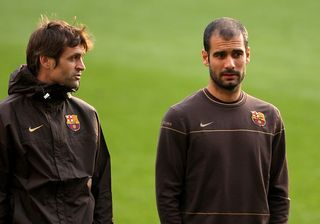
This was reflected in the passing figures. In their title-winning season under Vilanova, in 2012/13, the seven Barça players with the most passes per 90 minutes in La Liga were all central midfielders. The highest averages were hit by Xavi (118.2), Thiago Alcantara (111.9) and Andrés Iniesta (96.3). After those seven came full-backs Dani Alves and Jordi Alba.
That's all changed under Luis Enrique. Barça now keep the ball longer in defence, then find the forwards directly. Messi and Neymar drop deeper to create attacks, while the midfielders move higher and wider and see less of the ball.
Such factors have led to a general loss of control. Barça have gone from a possession average of 65.3% in Luis Enrique’s first season to 62.9% in the second and 61.9% in the third. It has also meant that, out of their top 10 passers in La Liga this season, seven are defenders. Busquets, in particular, is used less: he averaged 93.3 passes per 90 minutes under Vilanova, but has gone from 80.1 to 75 to 72.7 under the current regime.

The Busquets case
The full-backs have always passed regularly to the wingers, but under Vilanova they also played more passes to the midfielders
A case study puts the differences into relief. In January 2013, Barça beat Espanyol 4-0 at home; in December 2016, they won the same game 4-1. Both were dominant displays in which the underlying dynamics of their system were on display.
Since the matter in question is the way in which Barça build attacks, it makes sense to analyse the distribution of the defenders. The full-backs have always passed regularly to the wingers, but under Vilanova they also played more passes to the central midfielders.
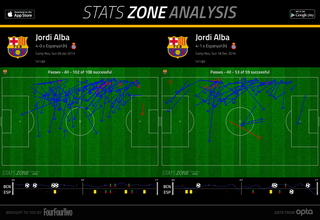
The same applied to Gerard Piqué, the primary ball-playing centre-back. Facing Espanyol in 2013, his most frequent pass combinations were to Dani Alves (15 passes), Busquets (9), then Xavi and Thiago (7). These were progressive solutions; only six of his 71 deliveries went sideways to Carles Puyol.
However, in 2016, the majority of his 72 passes went to Javier Mascherano (24), right-back Sergi Roberto (12) and André ter Stegen (11). Next came Suárez (9). Only fifth on the list do we find a midfielder, Iniesta, who received the ball five times.

And yet the most startling case is that of Busquets, who received the ball 93 times fewer in 2016 than in 2013 (even if he played 15 minutes fewer in 2016).
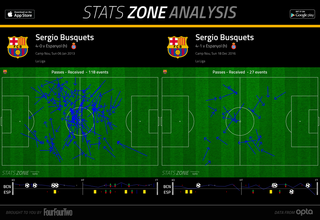
Pressed intro trouble
It was Busquets who took care of the transition from defence to attack; the fact he now sees less of the ball denotes that this link has been broken
Busquets is particularly important here, because he has always been so crucial to the way in which Barça play their way out from the back. As opponents press, he drops deep to shake off opposition midfielders or play penetrative first-touch passes between the lines to the forwards. It was he who took care of the transition from defence to attack; the fact he now sees less of the ball denotes that this link has been broken.
This, in turn, means the centre-backs have fewer options – which again means Barça have greater difficulty handling teams who press high. Before PSG, Barça lost at Celta Vigo (4-3), Manchester City (3-1) and Athletic Club (2-1), while they were also lucky to take points at Sevilla (2-1) and Real Sociedad (1-1). All these teams closed down well, knowing Barça would struggle to move the ball out from the back.
When they then lost 4-0 to PSG, similar faults reemerged: again Piqué resorted to simple passes, while Busquets hardly got the ball.
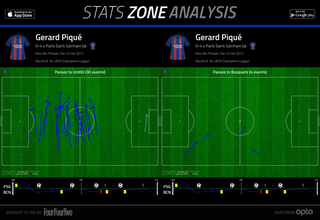
This has surely contributed heavily to their decline under Luis Enrique. The disintegration of their system has long been masked by the brilliance of Messi, Neymar and Suárez, but they have never seemed in such need for new ideas. There are other factors at play too – ageing legs, poor recruitment – but a more refined way of building attacks will surely be a priority when the current season is to be assessed.
Now read these...
